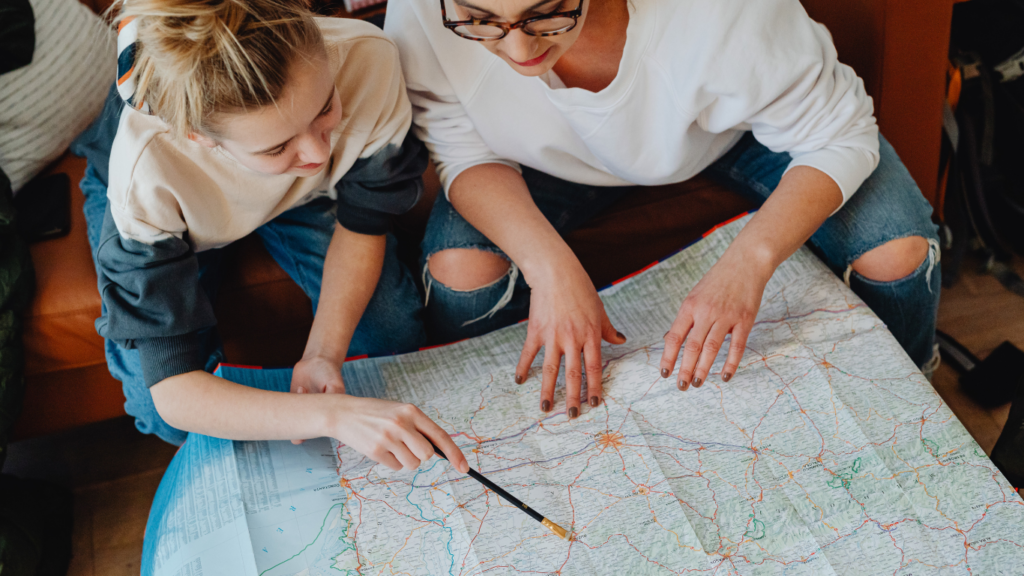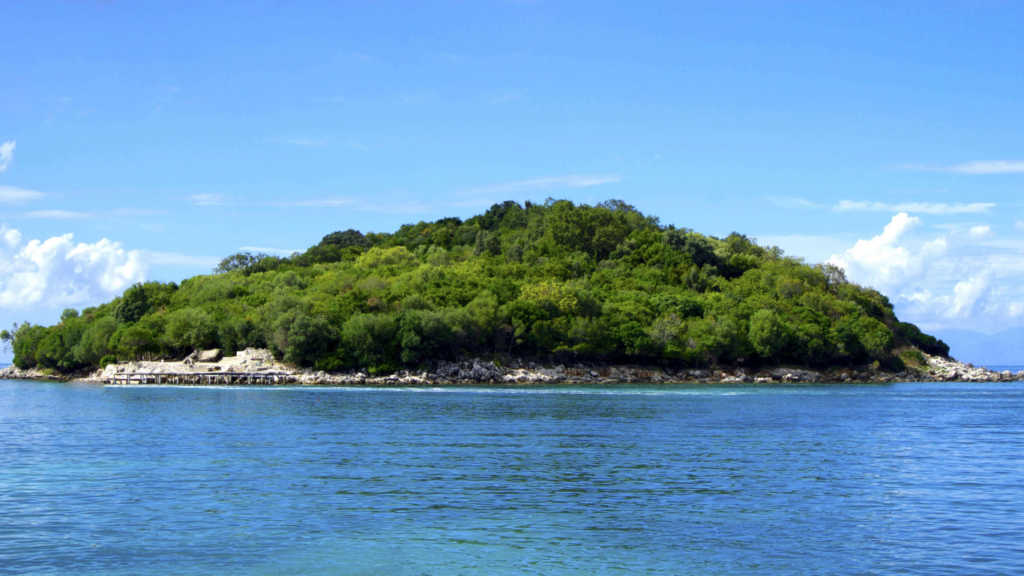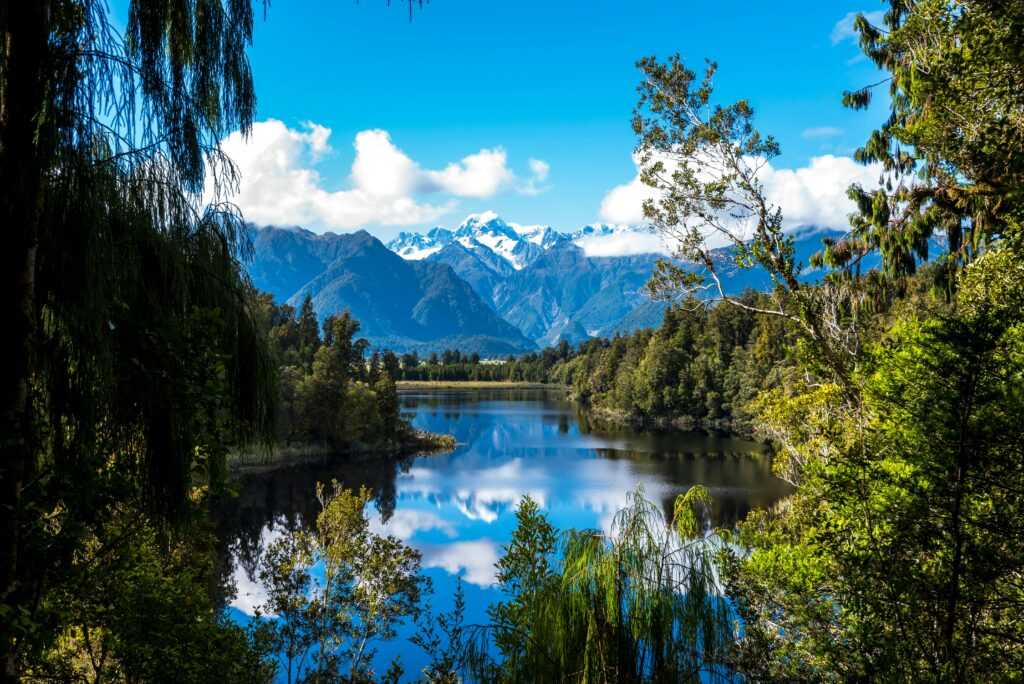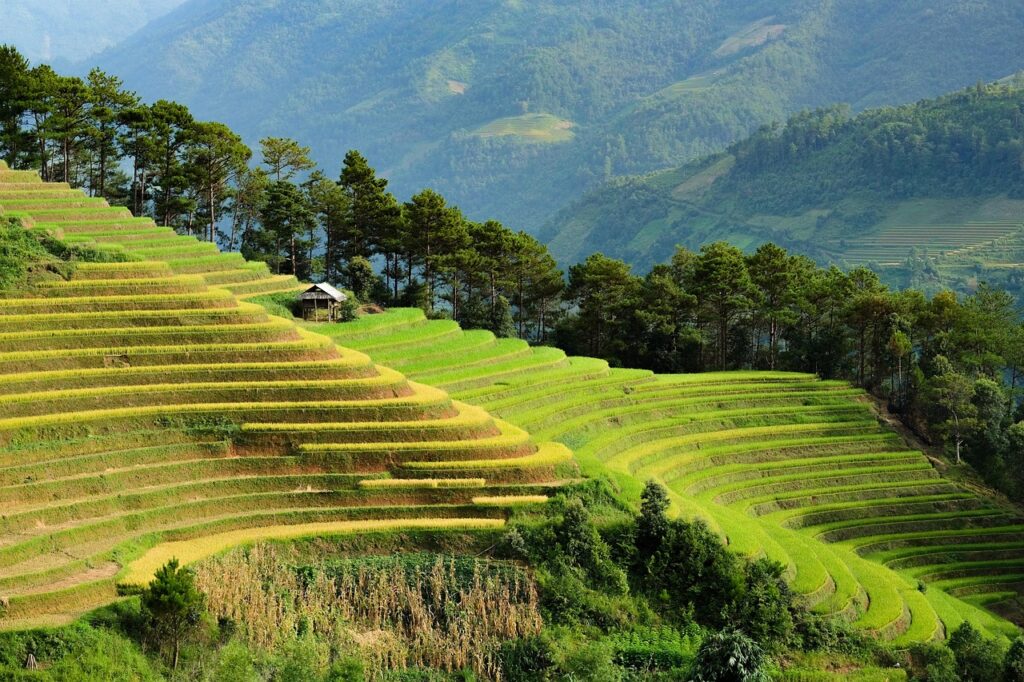Why Choose Remote Island Adventures
Remote island adventures provide unmatched tranquility. These destinations offer an escape from the usual tourism circuits, immersing travelers in serene environments. With minimal crowds, one can enjoy nature’s unspoiled beauty.
Unique biodiversity thrives on remote islands. Through my travels, I’ve encountered rare flora and fauna, often absent on the mainland. For example, the Galápagos Islands house unique species like the blue-footed booby and marine iguana.
Immersing in local cultures enriches the experience. Remote islands often possess distinct traditions and ways of life. I’ve found participating in local activities and festivals offers deeper cultural insights. For example, the Trobriand Islands in Papua New Guinea celebrate the Yam Festival, a vibrant cultural event.
Adventure opportunities abound. Remote islands present activities like snorkeling, diving, and hiking. Pristine underwater ecosystems make these islands ideal for marine adventures. In my experience, spots like Palau offer spectacular diving sites with an abundance of marine life.
Privacy and exclusivity add to the allure. Unlike populated tourist hubs, remote islands ensure secluded getaways. Tailored trips to locations like Fiji’s private islands guarantee personalized experiences, making each journey memorable.
Top Remote Islands to Explore
Adventure seekers and nature lovers find unparalleled beauty and unique experiences on remote islands. Here are three incredible destinations that promise unforgettable escapades.
Island 1: Crystal Cove
Crystal Cove offers pristine beaches and turquoise waters. Snorkeling reveals vibrant marine life, including colorful coral reefs and diverse fish species such as parrotfish and clownfish. Adventurous hikes through the island’s lush landscapes lead to hidden waterfalls and secluded coves. Visitors can immerse themselves in local culture through traditional music and dance performances held weekly on the island’s main square.
Island 2: Mountain Haven
Mountain Haven stands out with its rugged terrain and scenic vistas. This island boasts challenging hiking trails that wind through dense jungles and ascend steep mountain peaks. Along the trails, explorers encounter rare wildlife like the golden eagle and mountain goats. The island’s remote villages offer insights into ancient customs and traditions, including unique handcrafted goods available at local markets. Additionally, serene lakes and rivers provide opportunities for kayaking and fishing.
Island 3: Coral Sanctuary
Coral Sanctuary captivates with its underwater splendor. The island is home to expansive coral reefs teeming with marine biodiversity, making it a prime spot for diving and snorkeling. Species like sea turtles, manta rays, and reef sharks frequent these waters, offering thrilling encounters for divers. Above water, visitors can traverse the island’s mangrove forests and coastal dunes, discovering diverse ecosystems and birdwatching opportunities. Local guides conduct eco-tours, educating travelers about conservation efforts and sustainable practices.
Planning Your Trip

Exploring remote islands requires careful planning to make the most of your adventure. Essential details include the best time to visit and what to pack.
Best Time to Visit
Consider the weather and local events when planning your visit. For instance, remote islands in tropical regions have distinct wet and dry seasons. Visiting during the dry season ensures pleasant weather and fewer disruptions. Research specific islands to find peak times for festivals or unique natural phenomena like turtle hatching seasons or bioluminescent plankton events. Avoid hurricane seasons by checking regional climate charts from authoritative sources like the National Hurricane Center.
Packing Essentials
Pack strategically to ensure a comfortable and safe adventure. Here’s a concise list:
- Clothing: Lightweight, breathable fabrics and quick-dry swimwear.
- Footwear: Sturdy hiking boots and water shoes for various terrains.
- First Aid Kit: Basic necessities, including band-aids, antiseptic, and any personal medications.
- Tech Gear: Waterproof camera and portable charger.
- Sun Protection: High-SPF sunscreen, sunglasses, and a wide-brimmed hat.
- Travel Gear: A durable backpack, reusable water bottle, and multipurpose tools.
Adapt your packing list based on island activities and climate. Read destination-specific forums and guides for additional tips.
Unique Activities and Experiences
Exploring remote islands offers a wide range of captivating activities. These experiences connect adventurers with nature and local cultures in meaningful ways.
Snorkeling and Scuba Diving
Snorkeling and scuba diving reveal the underwater world. Remote islands feature thriving coral reefs and diverse marine life. Locations like Belize’s Great Blue Hole attract divers with vibrant ecosystems. Clear waters in places like the Maldives enhance visibility, making every dive memorable. Equipment rentals and guided tours are available to ensure safety and enjoyment.
Hiking and Jungle Treks
Hiking and jungle treks immerse travelers in natural beauty. Trails such as those in Kauai, Hawaii, offer breathtaking views of cliffs and waterfalls. In Borneo, guided jungle treks introduce hikers to tropical flora and fauna. Trails vary in difficulty, catering to both casual walkers and experienced trekkers. Proper footwear and hydration are crucial for these activities.
Cultural Encounters
Cultural encounters enrich the island experience. Remote islands host unique traditions and histories. Visitors to Fiji can join Kava ceremonies, while those in Bali experience local dance performances. Engaging with indigenous communities offers insights into their lifestyle and customs. Respectful interactions foster deeper connections and meaningful memories.
Safety and Sustainability Tips
Ensuring safety and practicing sustainability are crucial when exploring remote islands. These tips help adventurers protect themselves and the environment.
Staying Safe in Remote Areas
- Personal Safety Measures
Plan. Inform someone about your travel itinerary, including locations and expected return dates. Carry a satellite phone for emergencies.
Gear. Bring suitable equipment, especially for water activities. Use quality gear to avoid malfunctions.
Health. Pack a first aid kit with essentials like bandages, antiseptics, and medications. Stay hydrated and use sunscreen to prevent sunburn and dehydration. - Interacting with Wildlife
Knowledge. Learn about local wildlife. Some species can be dangerous; informed travelers avoid risky encounters.
Respect. Maintain a safe distance from animals. Never feed wildlife, which can lead to aggressive behavior and disrupt natural feeding patterns. - Emergency Preparedness
Information. Familiarize yourself with the nearest medical facilities. Have a basic understanding of local emergency procedures.
Contacts. Keep a list of emergency contacts, including local authorities and your home country’s embassy or consulate.
Eco-Friendly Travel Practices
- Minimizing Plastic Use
Alternatives. Use reusable bottles and bags. Avoid single-use plastics that contribute to pollution.
Dispose. Properly dispose of waste. If recycling options aren’t available, pack out your trash. - Supporting Local Communities
Products. Buy local products to boost the island economy. Choose eco-friendly souvenirs.
Respect. Be mindful of cultural practices and traditions. Support local businesses committed to sustainable tourism. - Low-Impact Activities
Guides. Choose eco-conscious tour operators. They prioritize sustainability and environmental protection.
Impact. Participate in low-impact activities like hiking, bird watching, and snorkeling over motorized water sports that may damage the ecosystem.
By following these tips, travelers ensure a safer and more sustainable adventure while preserving the pristine landscapes of remote islands.




